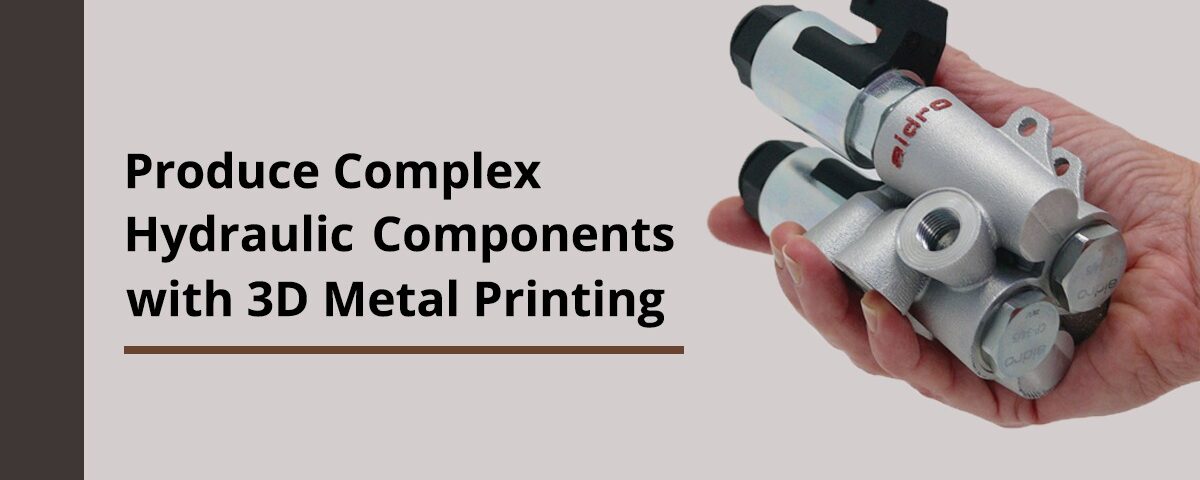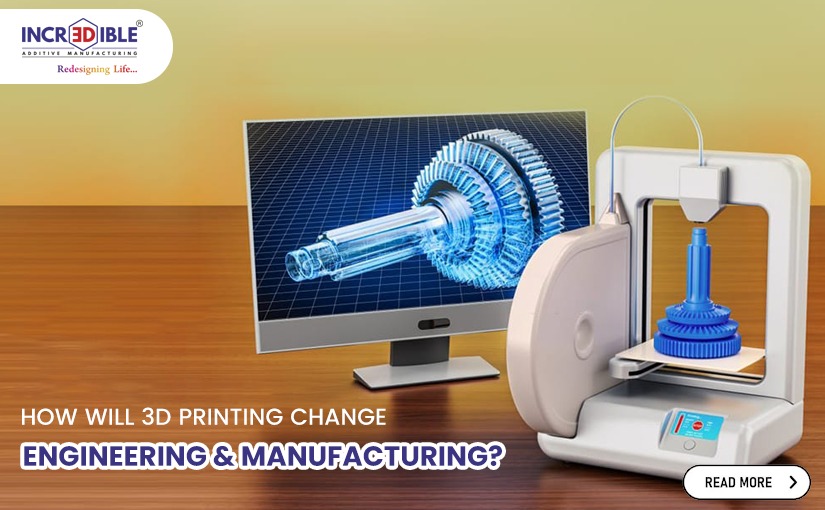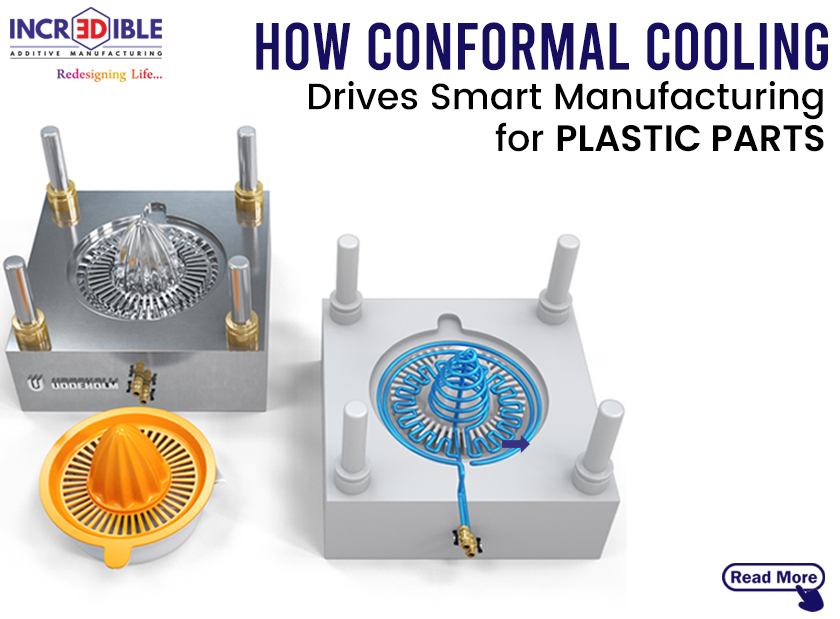Intricacies that would be difficult or impossible to replicate by traditional machining can be integrated into complex hydraulic components made by metal 3D printing. Also weight and scale are minimised without compromising performance. In smaller packages, hydraulic pumps, valves and other actuators deliver higher power than generators, electric motors and mechanical actuators. For everything from basic manual operation to complex electronic controls, hydraulic valves efficiently control direction, speed, torque, and pressure.By optimising the design and development of components such as manifolds, valve blocks, and valve spools, metal 3D printing provides new ways to capitalise on the high power density of hydraulic technology. Three- dimensional printing, which originated as rapid prototyping, has evolved to encompass multiple metal alloys beyond its initial plastic materials. Parts should be designed for the most effective combination of output and efficiency without the drawbacks of traditional machining. And with a higher flow and lower pressure drop, internal channels can be configured. In order to decide the best design, it also is possible to create multiple different prototypes within hours.In addition, parts can be made from a number of materials that are still under production, including stainless steel, aluminium, titanium, and emerging materials. Sources of unintended leakage are eliminated from auxiliary drilling including subsequent plugging. Feasible and cost-effective for manufacturing, 3D printing provides many advantages when producing smaller amounts and special prototypes of metal hydraulic parts.

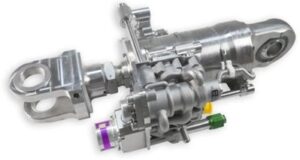
Fig. 1. Additively manufactured Valve Block Made by LiebherrBuilt on an SLM Metal 3D Printing Technology: Same Performance, 35 % Less Weight than conventional
Source: EOS
When is Metal 3D Printing Appropriate?
When considering whether or not to manufacture a component using 3D printing, some things to remember are:
● The quantity
Traditional manufacturing is more suitable for large-scale manufacturing, while 3D printing for small quantities of complicated or advanced hydraulic parts can be more inexpensive or realistic.
● Lead Time for Production
Subtractive processes, such as CNC machining, may require lead times of 30 to 60 days for the metal bar stock to manufacture a part, or six to 12 months for the casting to be produced. Hydraulic parts can be printed for 3D printing on demand in a matter of days. If tooling is required for the printed pieces, the lead time can increase by up to one or two weeks.
● Prototyping
With 3D printing, it is possible to create at the same time numerous modified types of a prototype, making it possible to compare concept alternatives.
● Material choice
Hydraulic components must have sufficient strength and resistance to corrosion to withstand the high pressures commonly used in hydraulic systems safely. A larger range of materials, including stainless steel (AISI316L), aluminium, titanium (Ti6Al4V), Inconel (625 or 718), and maraging steels, can be provided for three-dimensional printing.
Part Performance:
The Parts produced by AM technologies especially SLM 3D printing are proven to perform well in hydraulics application and vastly adopted by many Hydraulic component manufacturers like BOSCH Rexhorth, Aidro Hydraulics, Airbus, etc. The high strength to weigh ratio and with optimal flow path manufacturability by 3D printing which is not possible in conventional gives the justified reason for adoption of 3D printing by various companies.
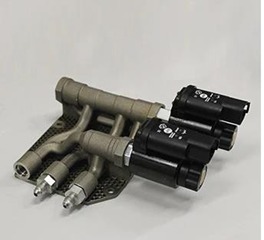
Fig 2. Hydraulic manifold, 3D-printed as a single piece, weighs 70% less than the 17-piece assembly it replaced, yet it withstood the same pressure and fatigue testing. (Courtesy of Penn State CIMP-3D)
Conclusion:
Relatively small volumes are ideally suited to 3D printing. However, by using optimum volumes of metal, the ability to decrease component weight makes the process suitable for applications that require high accuracy and light weight, such as aerospace, aviation, and medical devices. With 3D metal printing, several forms of hydraulic components are now being created. With lower pressure loss than for traditional parts, the businesses are trying to save space and refine the internal networks for higher flow. 3D Incredible is a service organization that appears to offer additive manufacturing solutions from conception, design, printing and post-processing to quality management and affirmation. We are now accredited for certification under ISO 9001, ISO 13485 & AS 9100D. Contact our team for more information or stellar 3D Metal Printing Solutions.

